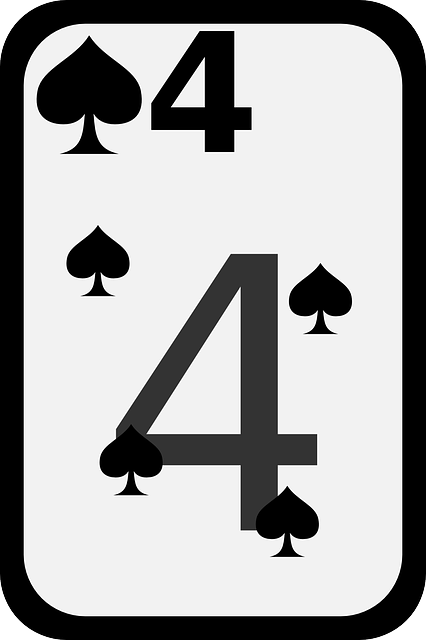The "Betting Odds Explained" section dissects the numerical representation of event likelihood, essential for informed sports betting decisions. Lower odds indicate higher probability, while higher odds signal lower certainty. Derivations rely on complex mathematical models factoring historical data and public perception. Various formats—decimal, American (moneyline), and fractional odds—each offer unique insights into potential returns. Decimal odds are globally popular, showing return on investment; American odds focus on winnings; and fractional odds display profit based on a unit stake. Mastering these formats is vital for navigating the betting market effectively.
Unravel the mystery behind betting odds! This comprehensive guide aims to demystify the fundamental concept, calculation methods, and diverse types of betting odds. From understanding fractions to decimal formats, you’ll gain insights into how odds reflect the likelihood of events. Learn about odds as a predictive tool in sports, casino games, and more. By the end, you’ll be equipped with the knowledge to make informed bets and navigate various wagering scenarios with confidence.
- What Are Betting Odds?
- How Are Betting Odds Calculated?
- Understanding Different Types of Betting Odds
What Are Betting Odds?

Betting odds are a numerical representation of the likelihood of an event occurring, expressed as a ratio or decimal value. They serve as a crucial tool for both bettors and bookmakers, offering a standardized way to compare potential outcomes and assign value to each. When you place a bet, the odds tell you how much reward you stand to gain relative to your stake, providing a strategic advantage in decision-making.
In simple terms, if an event is considered highly likely to happen, its betting odds will be lower, while less probable events will have higher odds. For example, a favorite team winning a match might have odds of 1.50, indicating a relatively safer bet, compared to an underdog’s victory at 4.00, which offers a potentially higher payout but with greater uncertainty. Understanding betting odds is essential for making informed choices in the world of sports betting and gambling.
How Are Betting Odds Calculated?

Betting odds are calculated using complex mathematical models that consider a variety of factors, including historical data, current form, and public perception. These models analyze the likelihood of each outcome occurring, with the aim of providing an accurate reflection of the potential result. The process involves gathering extensive data on the event in question, such as team statistics, player performances, and even external variables that could influence the outcome.
This data is then fed into sophisticated algorithms that apply statistical techniques to determine the probability of each possible result. The odds are expressed as a ratio or decimal value, representing the amount of money you would win for every unit staked. For example, if you bet on an event with odds of 2.5, for every unit bet, you could potentially win 2.5 units if your prediction is correct. This calculation ensures that bookmakers offer fair and competitive odds, encouraging a balanced market where the best outcome truly reflects the most likely result, as explained by betting odds explained resources.
Understanding Different Types of Betting Odds

When delving into the world of sports betting, understanding betting odds is fundamental. Betting odds represent the likelihood of a specific event occurring and are expressed in various formats, each offering unique insights. The most common types include decimal (fractional) odds, American (moneyline) odds, and fractional odds. Decimal odds, popular worldwide, show the potential return on investment; for instance, 2.0 means a win pays out at two times the bet amount. American odds, used mainly in the US, indicate the amount won; positive numbers favor the bettor, while negative figures represent the house’s advantage. Fractional odds, common in Europe, display the profit based on a unit stake, where the numerator is the potential gain and denominator is the stake.
Each format provides different advantages, catering to various betting preferences. Decimal odds offer simplicity and are easily understood, making them ideal for casual bettors. American odds, with their straightforward structure, give an immediate sense of potential payout. Fractional odds, on the other hand, provide a clear picture of profit margins, favored by experienced punters who understand the intricacies of each format’s calculation. Familiarizing oneself with these types is a crucial step in navigating the complexities of betting odds and enhancing one’s overall betting strategy.
Betting odds, a fundamental concept in the world of gambling, offer valuable insights into potential outcomes. By understanding what they represent and how they’re calculated, bettors can make more informed decisions. Familiarizing yourself with various types of odds allows for strategic wagering across different sporting events or games. Now that you’ve explored betting odds explained, you’re equipped to navigate this captivating landscape with confidence and a deeper appreciation for the art of probability.






